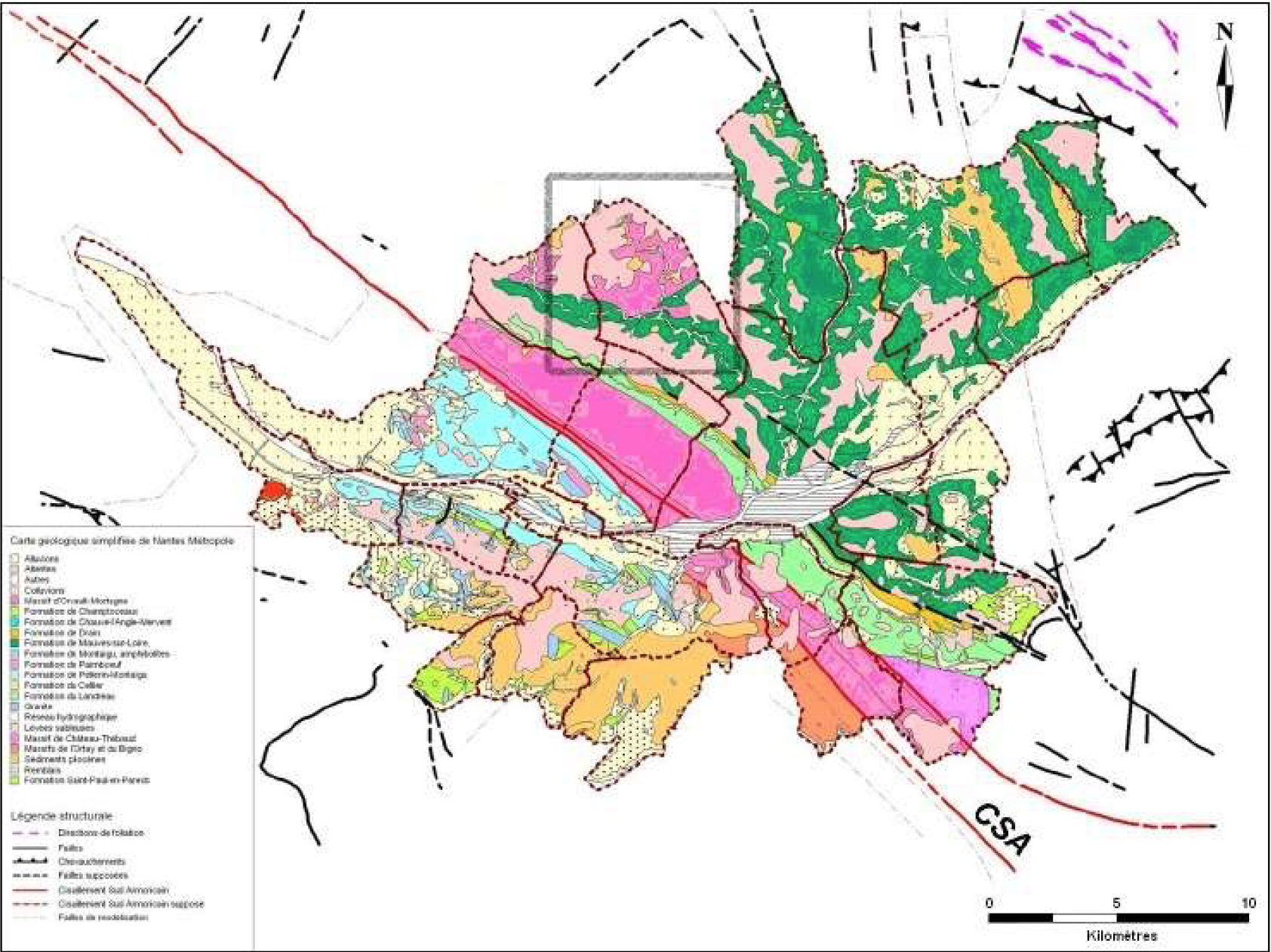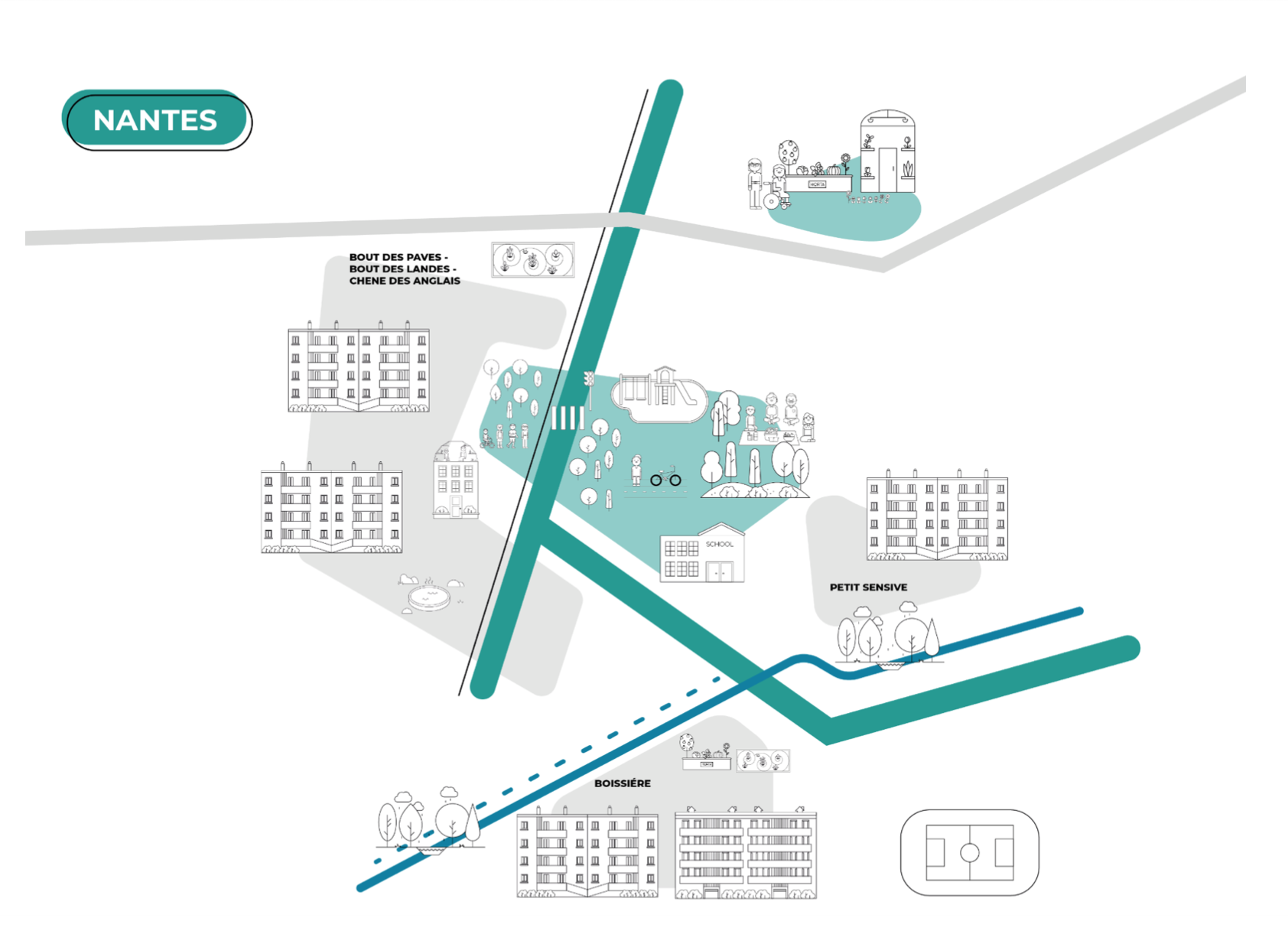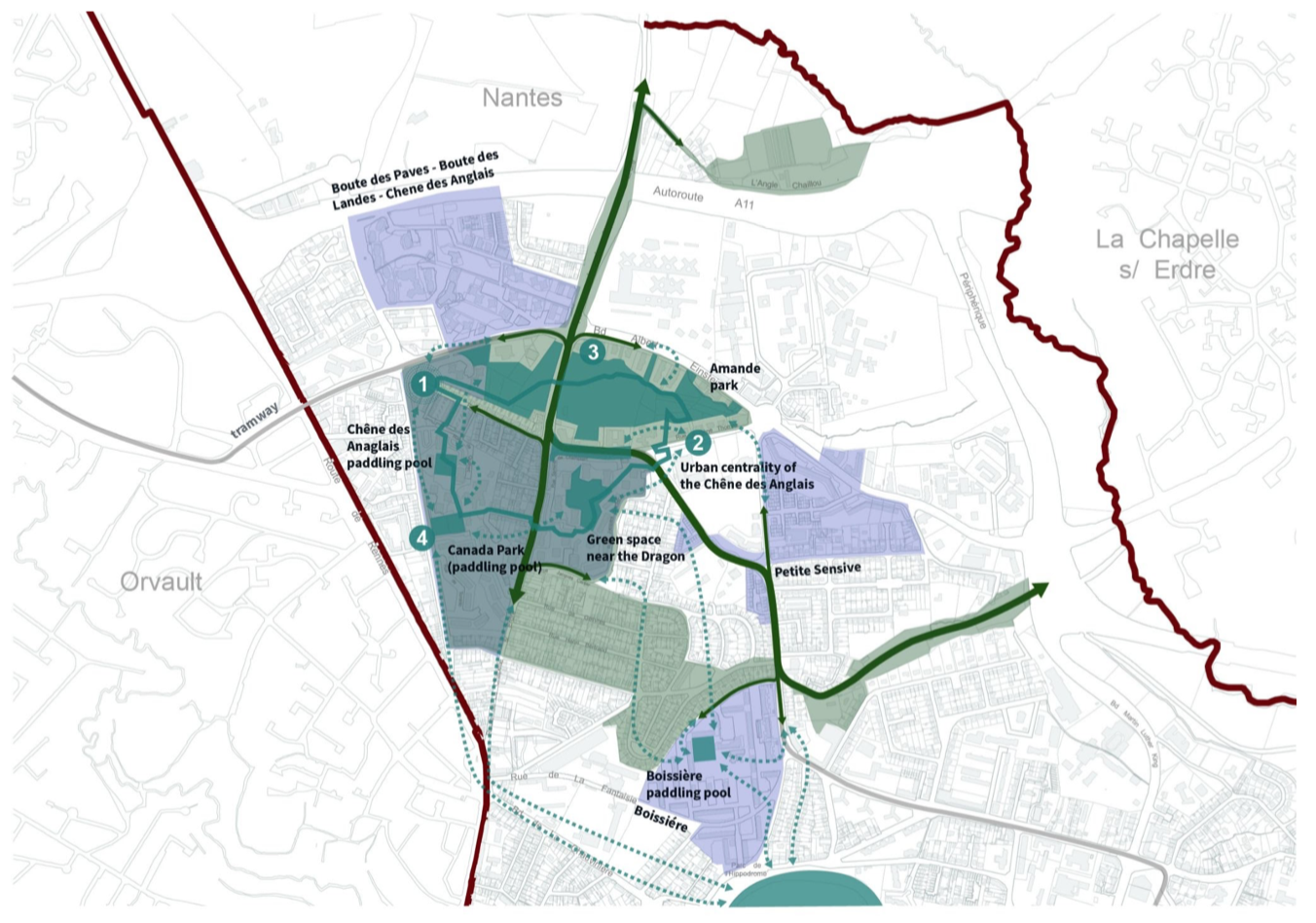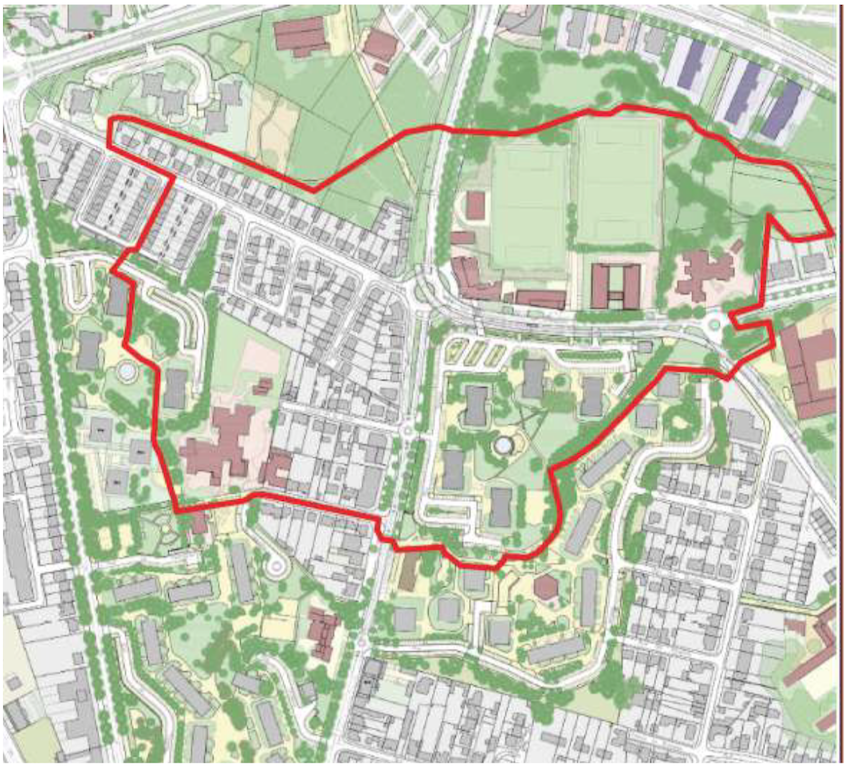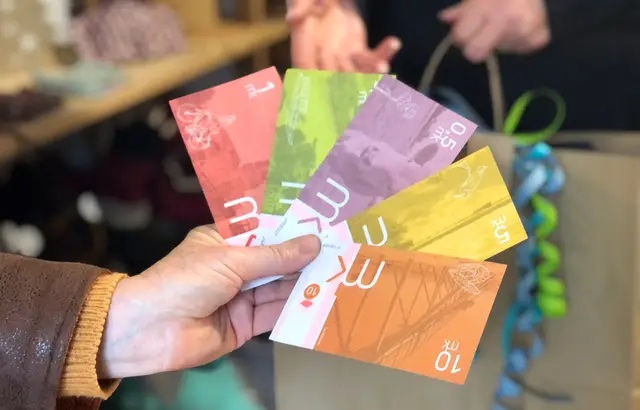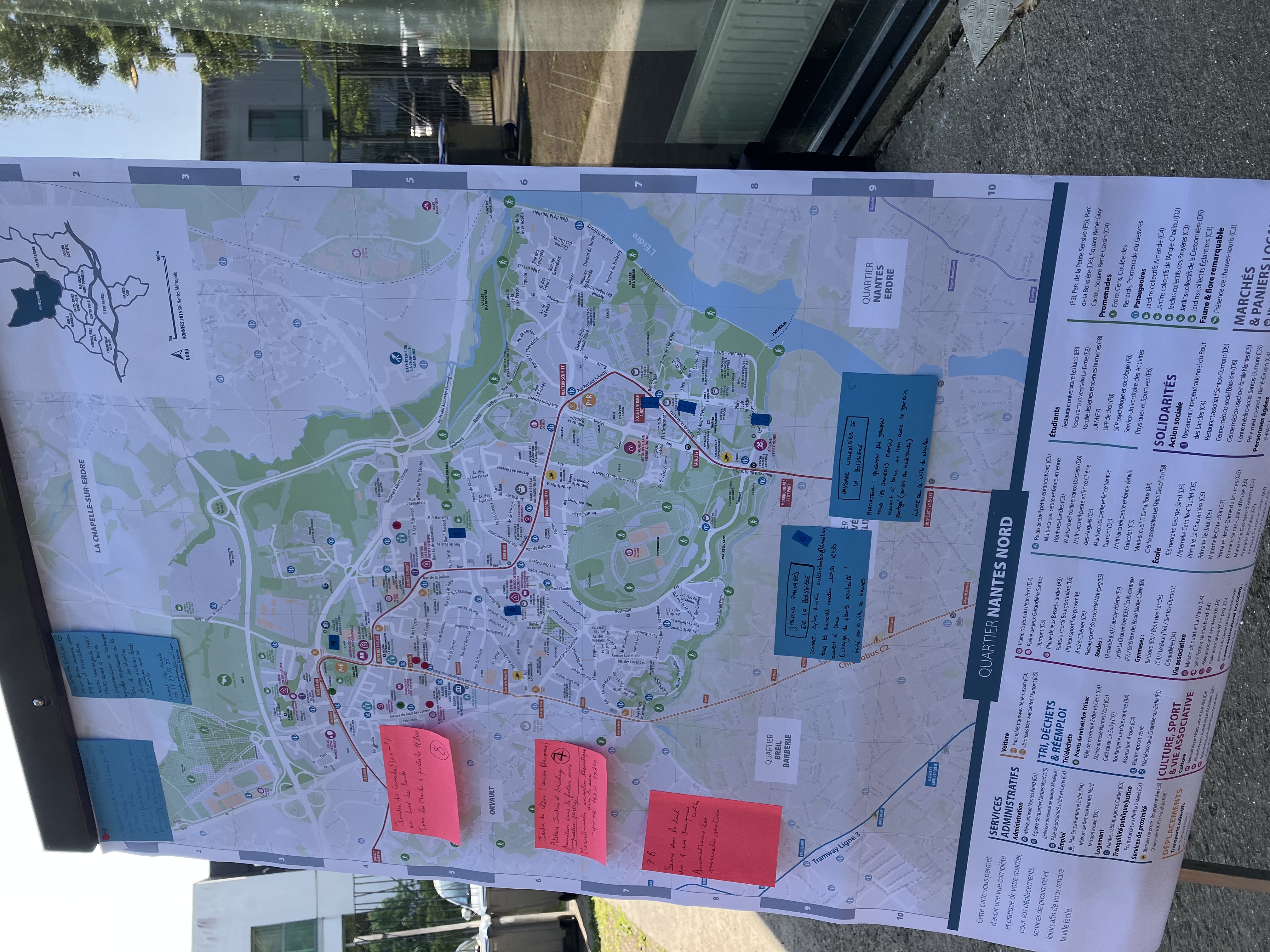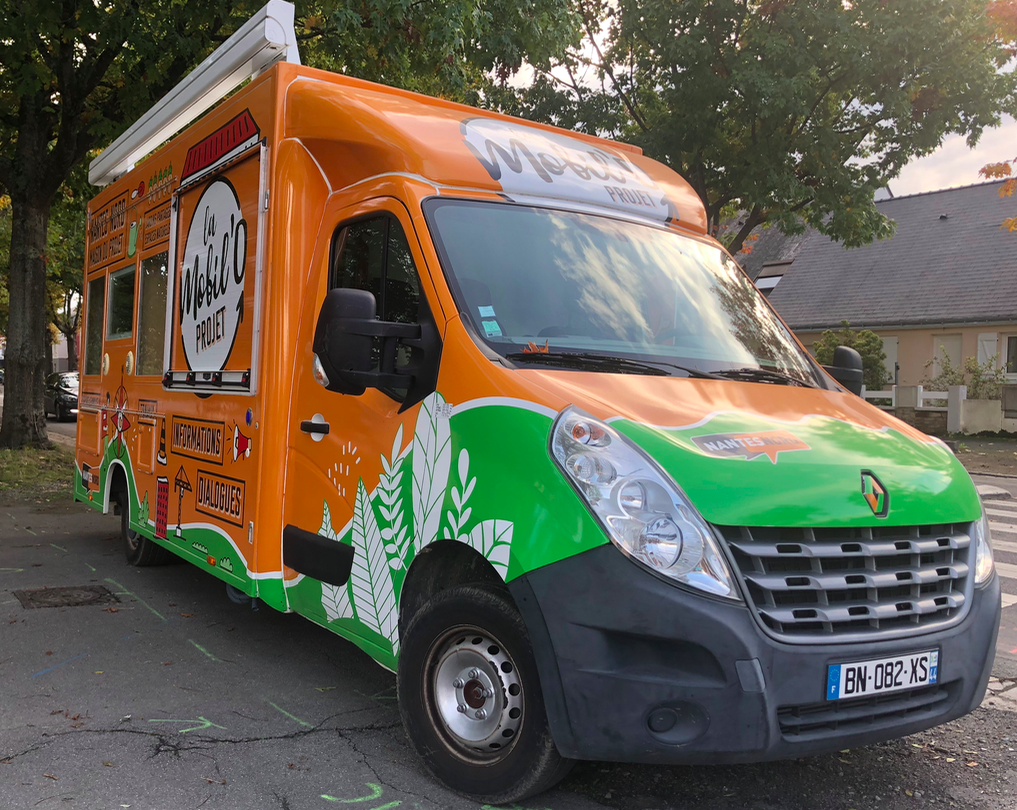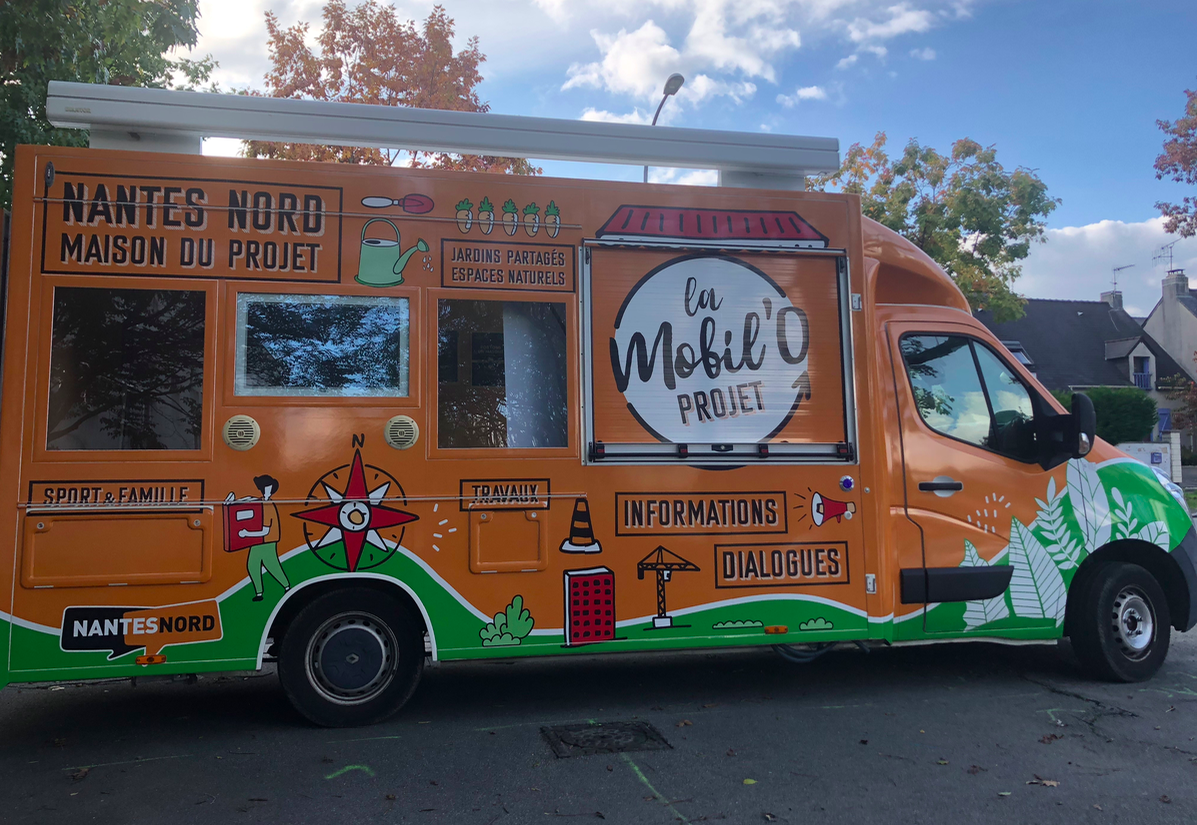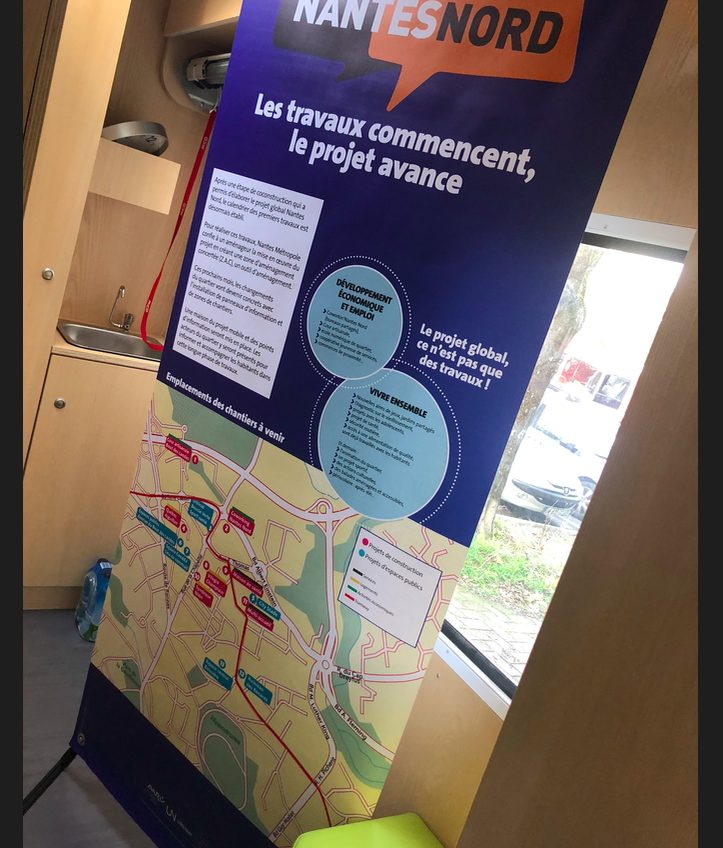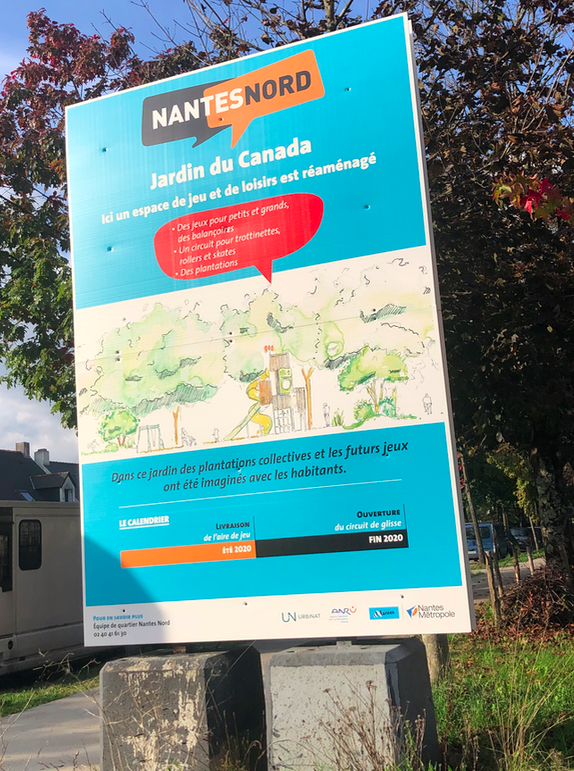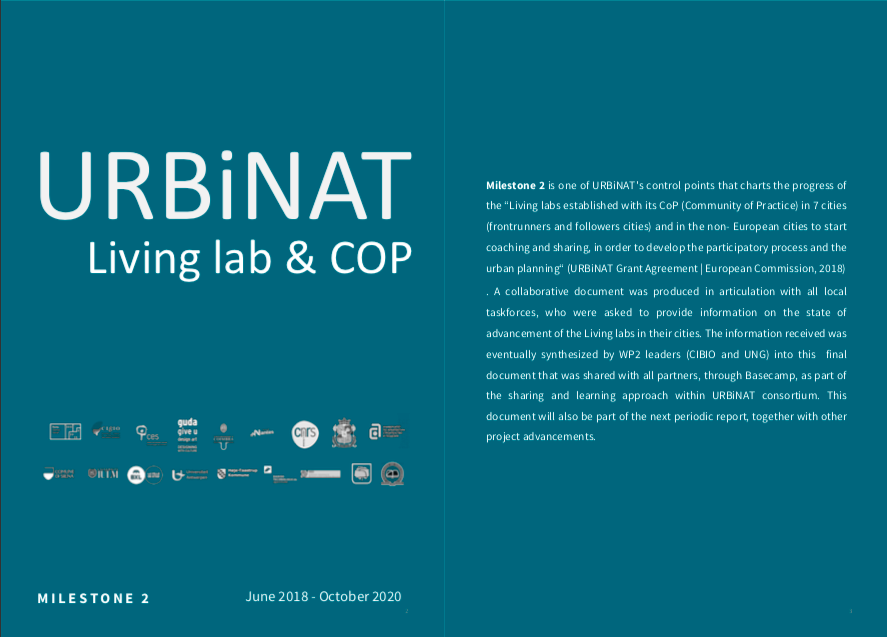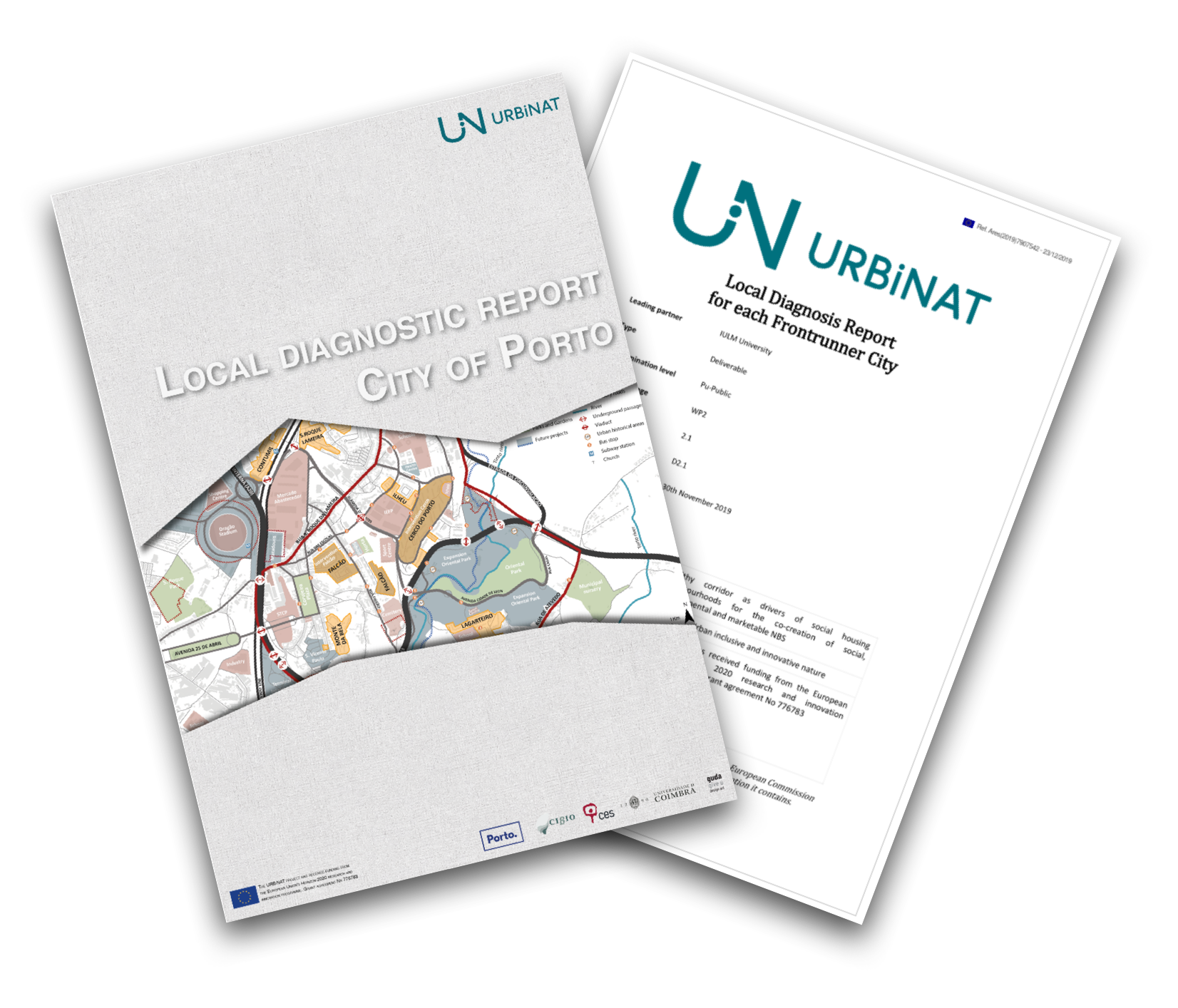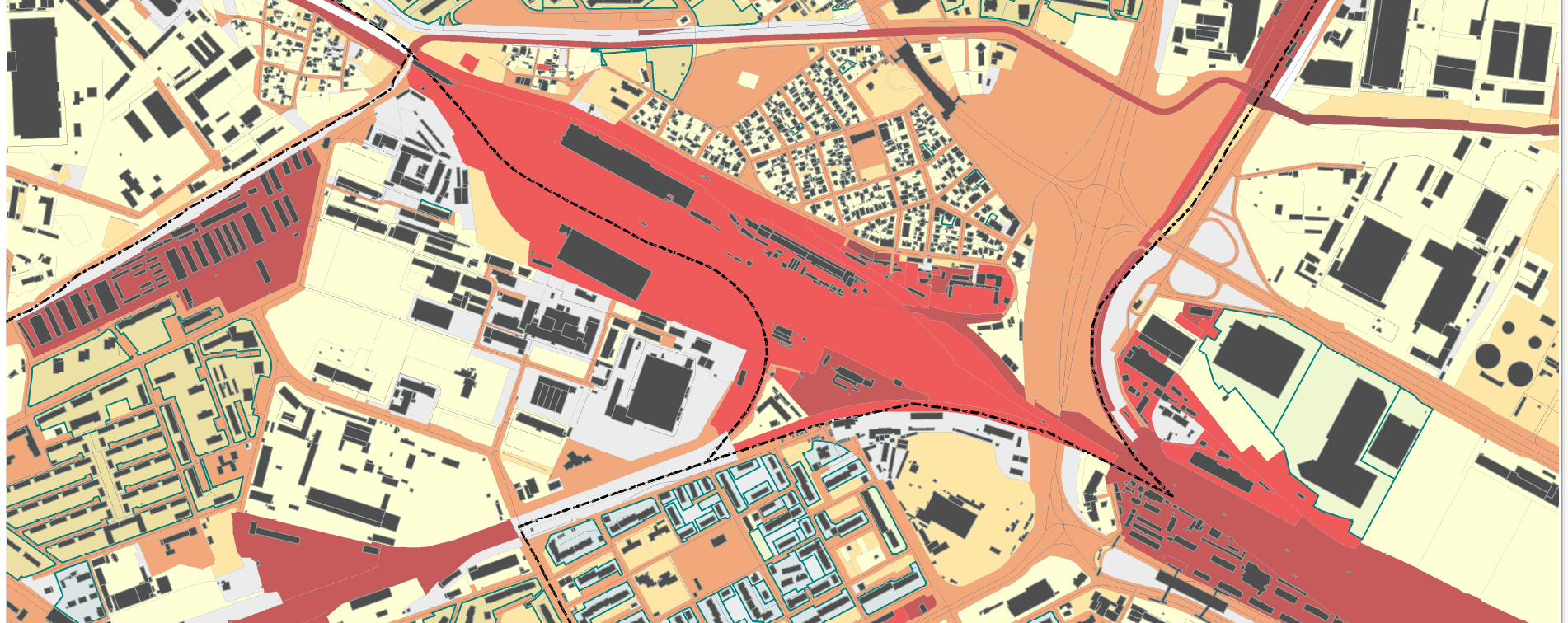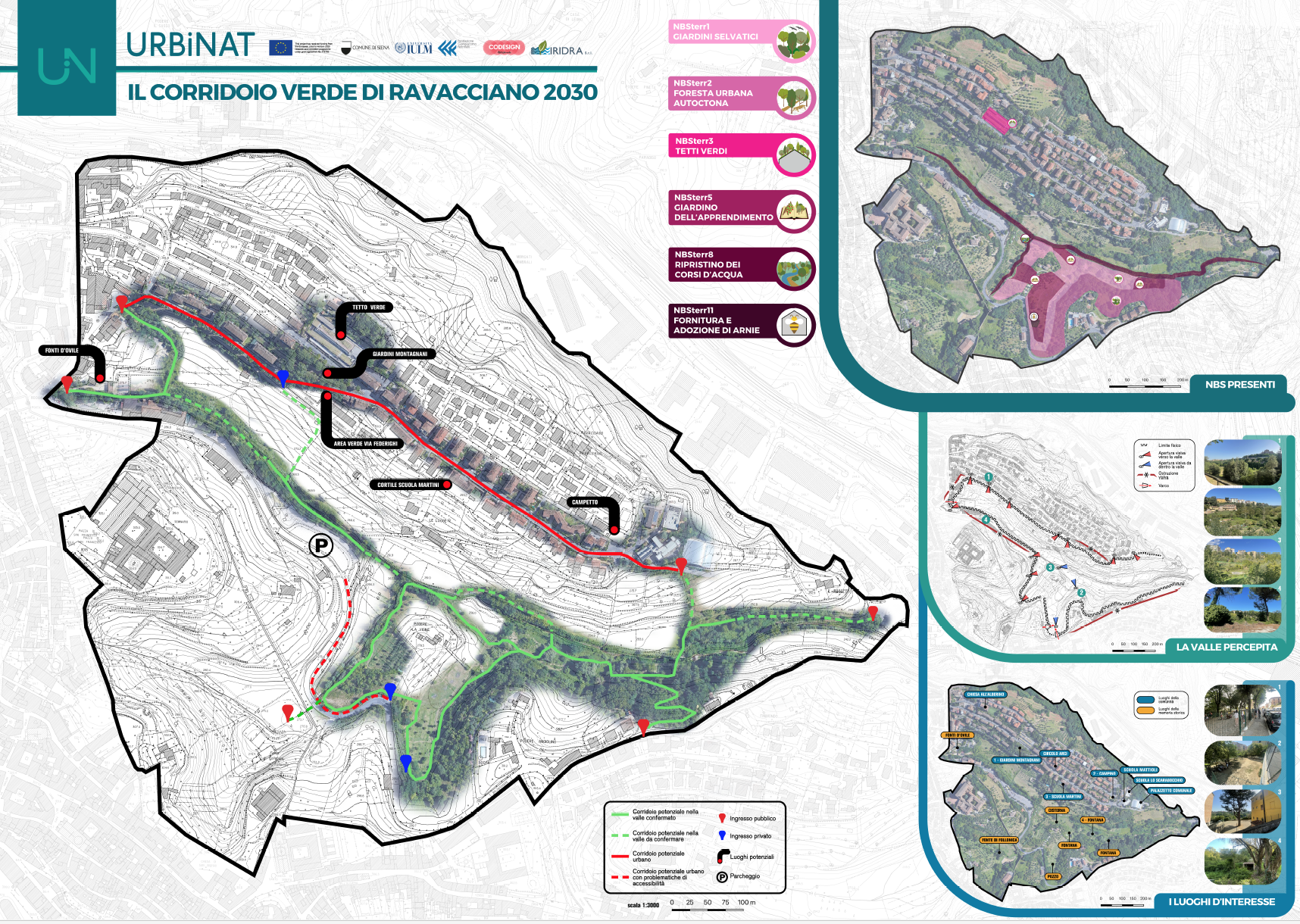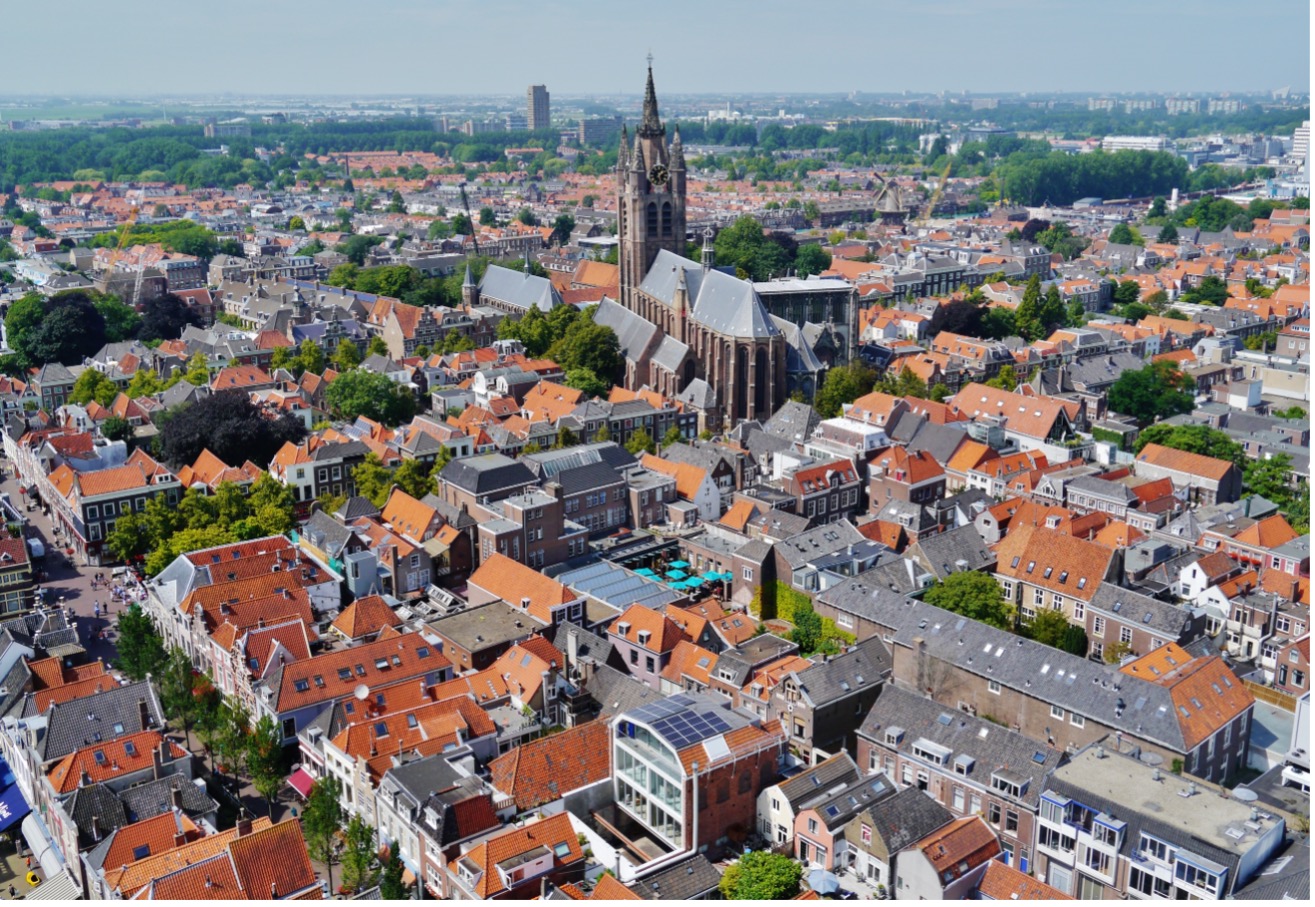

NANTES, France
Nantes, France
Survey announcement for the inhabitants of Nantes Nord
Annonce d'enquête destinée aux habitants de Nantes Nord
As part of the URBiNAT project, TMO (Institute of studies and opinion polls) has been commissioned by Nantes Métropole to carry out a survey on the quality of life and well-being of the residents in the Nantes Nord district.
The survey had already been carried out in 2019, and it is now a question of studying the changes in connection with the developments and interventions carried out in the district since then.
TMO plans to call the inhabitants between 20 March and 7 April 2023.
Please give them the best possible welcome.
For information: The data collected in the questionnaires will be anonymous and confidential and will be used in aggregate form only. As our research focuses on spatial issues, we would like to record your address in order to correctly link some of your answers (e.g. about the neighbourhood) to the correct content. We guarantee that no personal data will be passed on to third parties or used for purposes other than this research. As a participant, you have the right to access, correct, delete, limit or request your data at any time. In addition, all personal data will be destroyed five years after the end of the project.
Dans le cadre du projet URBiNAT, TMO (Institut d’études et sondages d’opinion) est mandaté par Nantes Métropole pour effectuer une enquête sur la Qualité de vie et le Bien être des habitants dans le quartier de Nantes Nord.
L’enquête avait déjà été menée en 2019, il s’agit désormais d’étudier les évolutions en lien avec les aménagements et interventions effectuées dans le quartier depuis.
L’institut prévoit d’appeler les habitants entre le 20 mars et le 7 avril 2023.
Merci de leur réserver le meilleur accueil possible.
Pour information : Les données recueillies dans les questionnaires seront anonymes et confidentielles et ne seront utilisées que sous forme agrégées. Étant donné que notre recherche porte sur des questions spatiales, nous souhaitons enregistrer votre adresse afin de relier correctement certaines de vos réponses (par ex. sur le quartier) au bon contenu. Nous vous garantissons qu’aucune donnée personnelle ne sera cédée à des tiers ou utilisée à d’autres fins que celles de cette recherche. En tant que participant, vous disposez à tout moment d’un droit d’accès, de rectification, d’effacement, de limitation ou de demande de vos données. En outre, toutes les données personnelles seront détruites cinq ans après la fin du projet.
Nantes Healthy Corridor Concept & Urban Plan
Concept et Plan du Healthy Corridor nantais
Nantes Nord is one of the greenest districts of the city of Nantes, located in the northwest of France. Unlike many French or European social housing areas, Nantes Nord is particularly well connected to the city center via a tram line, several bus lines and secondary roads. Though, as the Local Diagnostic underlined, health and socio-economic indicators are worrying, in a district with one of the highest poverty rates of the city.
In Nantes a strategy has been developed as part of a wider plan (Projet Global) that encapsulates the URBiNAT study area. The URBiNAT plan serves to establish a more accurate approach for specific parts of the territory, most of them connected by a path or “green loop”. The idea is to induce a healthier lifestyle among inhabitants by encouraging walking and other outdoor pursuits.
This urban project strategy motivated a closer participation process, with the stakeholders being directly involved with urban spaces that they use on a daily basis. Taking into account the local participatory culture, this proximity process has helped to reveal some uses and motivations in a clearer way about more specific matters.

Healthy Corridor Concept
4.2: Healthy Corridor Concept - NANTES
Nantes Nord perimeter is the study area. This corresponds both to the diagnostic and evaluation scale. The intervention area focuses on a reduced area in the North of Nantes Nord, where are the priority districts (QPV), the social housing districts with concentration of difficulties. Located in the north-western part of the city, the “Nantes Nord” district is one of the 11 districts of Nantes municipality. It is itself subdivided in 9 micro-districts.
Poster Living Lab Nantes
Nantes Nord est l’un des quartiers les plus verts de la ville de Nantes, située dans le nord-ouest de la France. Contrairement à de nombreux quartiers d’habitat social français ou européens, Nantes Nord est particulièrement bien relié au centre-ville par une ligne de tramway, plusieurs lignes de bus et des routes secondaires. Cependant, comme l’a souligné le diagnostic local, les indicateurs sanitaires et socio-économiques sont préoccupants, dans un quartier où le taux de pauvreté est l’un des plus élevés de la ville.
À Nantes, la stratégie a été développée selon un plan plus large (Le Projet Global) qui comprend la zone d’étude d’URBiNAT. En ce sens, le nouveau projet urbain a servi à établir une approche plus précise pour des parties spécifiques du territoire, la plupart d’entre elles étant reliées par un chemin sous le nom de boucle verte, qui tente d’inciter les habitants à marcher et, par conséquent, à adopter des comportements plus sains.
Cette stratégie de projet urbain a motivé un processus de participation plus étroit, les parties prenantes étant directement impliquées dans des espaces urbains qu’elles connaissent bien. Compte tenu du processus de participation déjà développé pour le Projet Global, ce processus de proximité a permis de révéler certains usages et motivations de manière plus claire sur des sujets plus spécifiques.

Concept du Healthy Corridor / Couloir Sain
4.2: Healthy Corridor Concept - NANTES
Nantes Nord perimeter is the study area. This corresponds both to the diagnostic and evaluation scale. The intervention area focuses on a reduced area in the North of Nantes Nord, where are the priority districts (QPV), the social housing districts with concentration of difficulties. Located in the north-western part of the city, the “Nantes Nord” district is one of the 11 districts of Nantes municipality. It is itself subdivided in 9 micro-districts.
Poster Living Lab Nantes
URBiNAT: The Healthy Corridor Story
URBINAT: Histoire d'un Couloir Sain
SUBTITLES: Click the CC at the bottom of the Video for subtitles in Bulgarian, Danish, Dutch, English, French, Italian or Portuguese
SOUS-TITRES : Cliquez sur le CC en bas de la vidéo pour les sous-titres en bulgare, danois, néerlandais, anglais, français, italien ou portugais
INTERVENTION AREA: Nantes Nord
ZONE D'INTERVENTION : Nantes Nord
The study area selected for Urbinat focuses on “Nantes Nord”, a district situated to the north of the Nantes municipality. It is particularly heterogeneous in its socio-demographic characteristics and in the representation of different ways of “living”. It comprises several priority districts, residential districts that are gentrifying over time of population renewal, a campus.
Nantes Nord is the district with the highest concentration of social housing with 37% of tenants in social housing. Three of its nine micro district, concentrate socio-economic, security, and health challenges challenge. It is a district characterised by a high poverty rate, high unemployment, single-parent family, and health issues. Inhabitants also share their increasing sense of insecurity. As for several multi-ethnic districts in France, Nantes has been the theatre of urban violence that has been covered by the press. The district is also subject to drug dealing.
But…With nearly 62 m² of green space per inhabitant, the district Nantes Nord is often presented as the greenest district of the City of Nantes. There are many spaces for walking, conviviality spaces which benefits to the inhabitants: playgrounds, wading pools, 670community gardens, squares of proximity are scattered on the whole of the territory. The presence of the Erdre river as well as the Cens river, strengthen the environmental quality of the district. Nevertheless, this green wealth is not always known or/and appropriated by the citizens.
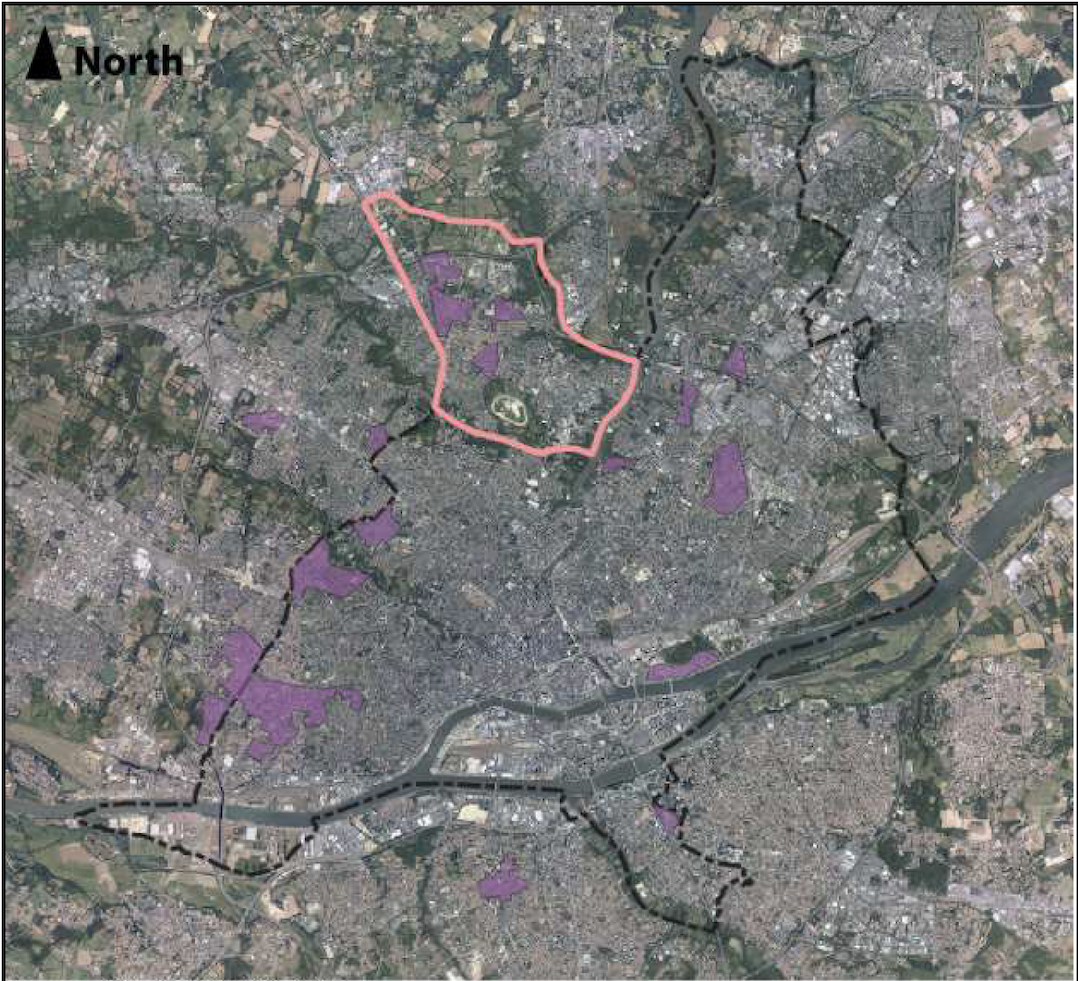
La zone d’étude sélectionnée pour Urbinat se concentre sur “Nantes Nord”, un quartier situé au nord de la municipalité de Nantes. Il est particulièrement hétérogène dans ses caractéristiques sociodémographiques et dans la représentation des différents modes de “vie”. Il comprend plusieurs quartiers prioritaires, des quartiers résidentiels qui se gentrifient au fil du renouvellement de la population, un campus.
Nantes Nord est le quartier qui présente la plus forte concentration de logements sociaux avec 37% de locataires dans les logements sociaux. Trois de ses neuf microquartiers, concentrent des enjeux socio-économiques, sécuritaires et sanitaires. C’est un quartier caractérisé par un taux de pauvreté élevé, un chômage important, des familles monoparentales et des problèmes de santé. Les habitants partagent également leur sentiment croissant d’insécurité. Comme plusieurs quartiers multiethniques en France, Nantes a été le théâtre de violences urbaines qui ont été couvertes par la presse. Le quartier est également sujet au trafic de drogue.
Mais…Avec près de 62 m² d’espaces verts par habitant, le quartier Nantes Nord est souvent présenté comme le quartier le plus vert de la ville de Nantes. Les espaces de promenade sont nombreux, des espaces de convivialité qui profitent aux habitants : aires de jeux, pataugeoires, 670 jardins collectifs, places de proximité sont disséminés sur l’ensemble du territoire. La présence de l’Erdre ainsi que de la Cens, renforce la qualité environnementale du quartier. Néanmoins, cette richesse verte n’est pas toujours connue et/ou appropriée par les citoyens.

Interactive Map of the Nantes Nord Healthy Corridor
Carte interactive du Healthy Corridor nantais
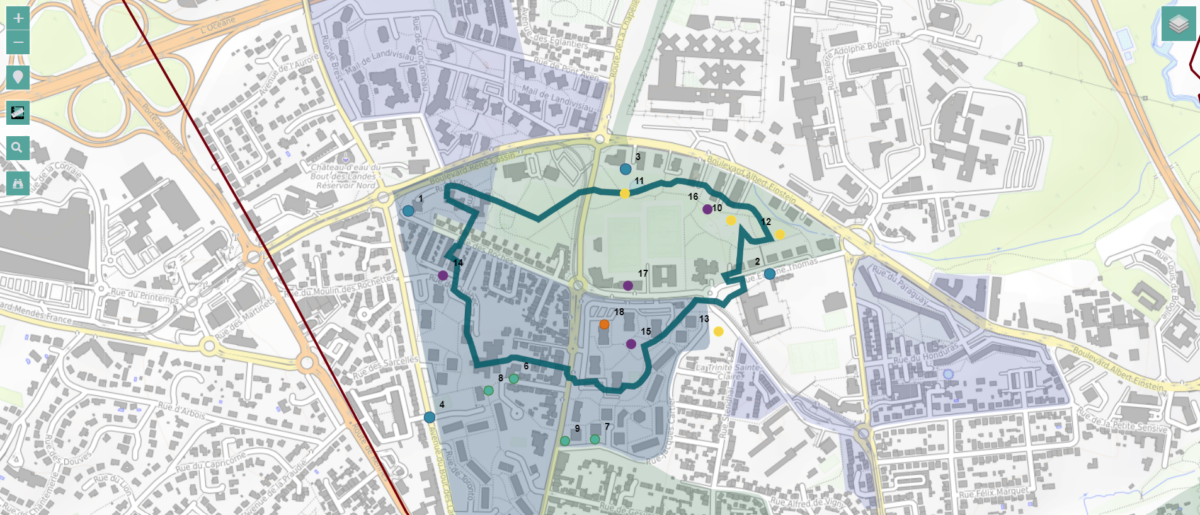

This interactive map, powered by GIS technology, allows you to delve into the URBiNAT Healthy Corridor project in Nantes Nord. Layers visualize the project’s intervention area, along with the various Nature-Based Solutions (NBS) co-created throughout the initiative. Navigate the map and discover how these NBS elements contribute to a healthier and more sustainable urban environment.
Cette carte interactive, basée par la technologie GIS, vous permet de vous plonger dans le projet URBiNAT Healthy Corridor à Nantes Nord. Les couches visualisent la zone d’intervention du projet, ainsi que les diverses solutions basées sur la nature (NBS) co-créées tout au long de l’initiative. Naviguez sur la carte et découvrez comment ces éléments NBS contribuent à un environnement urbain plus sain et plus durable.
TIMELINE OF ACTIVITIES
CHRONOLOGIE DES ACTIVITÉS
The URBiNAT project aims to involve local citizens in groups of volunteers to create together a Healthy Corridor for the neighbourhood of Nantes.
This co-creation process will be organized in 4 stages, co-diagnosis, co-design, co-implementation and co-monitoring, where citizens are invited to participate in several activities, workshops, public events by contributing their experience and expertise.
Le projet URBiNAT vise à impliquer les citoyens locaux dans des groupes de volontaires afin de créer ensemble un Corridor sain pour le quartier de Campanhã.
Ce processus de co-création sera organisé en 4 étapes, co-diagnostic, co-conception, co-mise en œuvre et co-surveillance, où les citoyens sont invités à participer à plusieurs activités, ateliers, événements publics en apportant leur expérience et leur expertise.
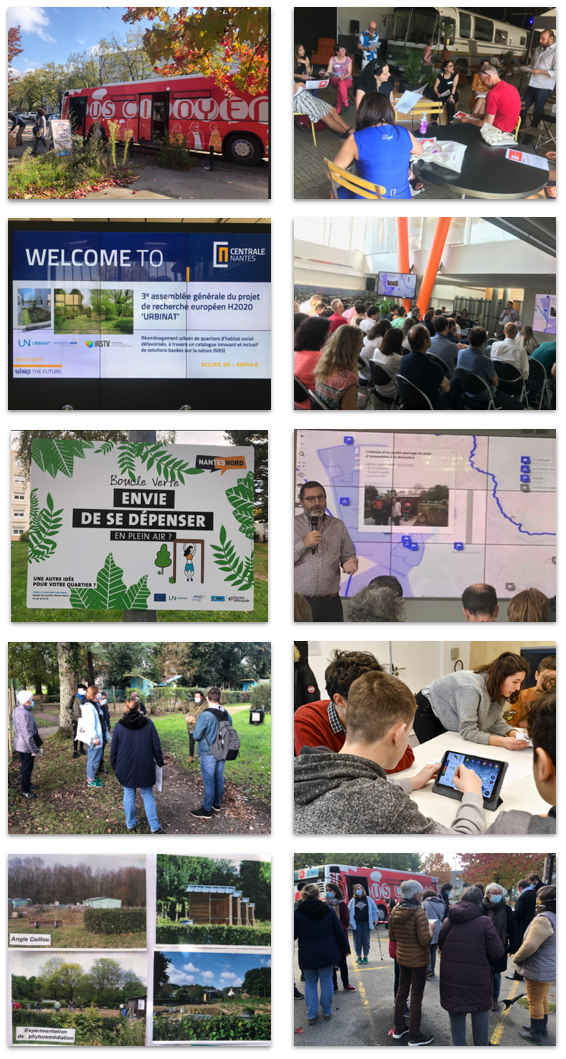
-
1
Stage 1: Co-Diagnostic (Mar - Dec 2019)
- Public meeting with elected representative
- Events with citizens
- Valorization of the existing diagnostics made in Nantes Nord and implementation of the URBiNAT ones
-
2
Stage 2: Co-Design
- Phase 1 : engagment of stakeholders to mobilize their public Co-design (Nov. 2019 – Mar. 2020)
- Two seminars gathering the stakeholders and intern technicians around 2 thematics : health and food and social cohesion
- Workshop of the app Superbarrio with teenagers
- Phase 2 : remobilizing the citizens and stakeholders after Covid 19 crisis (June – Sept. 2020)
- 2 walktrhoughs
- Communication campaign to question the inhabitants and prepare the co-design phase
-
3
Stage 3 : Co-Implementation (Sept. 2020- Jan. 2021)
- Workshops in situ because of Covid19 restrictions
- Co-creation of Healthy Corridor
- Co-creation of selected NBS
- Business Case studies
-
4
Stage 4 : Co-Monitoring
- Activation of observatory
- Co-evaluation

-
1
Stage 1: Co-Diagnostic
- Participation des citoyens
- Ateliers de création conjointe
- Diagnostic local
-
2
Stage 2: Co-Design
- Idéation
- Validation des plans d’urbanisme
-
3
Stage 3 : Co-Implementation
- Co-création du Corridor de Santé
- Co-création de NBS sélectionnés
- Études de cas
-
4
Stage 4 : Co-Monitoring
- Activation de l’observatoire
- Co-évaluation
Citizen Engagement & Co-Creation
Engagement citoyenne et co-création
The URBiNAT project aims to involve local citizens in groups of volunteers to create together a Healthy Corridor for the district of Nantes Nord. How can we create together in the public space solutions that improve the quality of life of citizens? What solutions can be inspired and taught by Nature? What can we share our experiences and experiences?
Nantes has over 50 shared gardens, including 26 allotment garden sites and 24 community gardens. 35 associations run and manage them with the support of the city’s Green Spaces and Environment Department. With URBiNAT residents will have the opportunity to actively participate in the co-selection, co-design and co-creation of Nature-Based Solutions and the creation of a Healthy Corridor for their neighbourhood .
Le projet URBiNAT vise à impliquer les citoyens locaux dans des groupes de volontaires afin de créer ensemble un Corridor de santé pour le district de Nantes Nord. Comment créer ensemble dans l’espace public des solutions qui améliorent la qualité de vie des citoyens ? Quelles solutions peuvent être inspirées et enseignées par la nature ? Que pouvons-nous partager nos expériences et nos savoir-faire ?
Nantes compte plus de 50 jardins partagés, dont 26 sites de jardins familiaux et 24 jardins communautaires. 35 associations les animent et les gèrent avec le soutien de la Direction des espaces verts et de l’environnement de la ville. Avec URBiNAT, les habitants auront la possibilité de participer activement à la co-sélection, la co-conception et la co-création de solutions basées sur la nature et à la création d’un corridor sain pour leur quartier.
The Social and Solidarity Economy is very much at the heart of plans to co-create a Healthy Corridor in the district of Nantes Nord and realise the full social, environmental and economic potential of the NBS that are being implemented.
Urban gardening becomes more and more important. In May, stakeholders gathered at the community center of the Healthy Corridor in Nantes Nord to discuss this topic.
L’économie sociale et solidaire est au cœur du projet de co-création d’un corridor de santé (Healthy Corridor) dans le quartier de Nantes Nord afin de réaliser le potentiel social, environnemental et économique des solutions inspirées de la nature (NBS) en cours de mise en œuvre.
Le jardinage urbain devient de plus en plus important. En mai, les parties prenantes se sont réunies au centre communautaire du Healthy Corridor de Nantes Nord pour discuter de ce sujet.
Nantes Nord Living Lab
Un Living Lab pour Nantes Nord
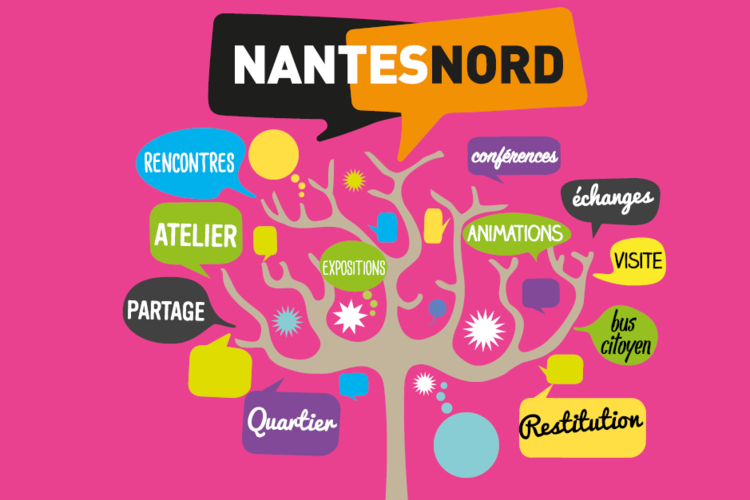
Living Lab: a dedicated space
The city of Nantes in coordination with the local scientific partner, IRSTV, are working with local partners on the setting up of a physical space for the local Living Lab. In October 2020, Nantes métropole unveiled a new bus, the “Mobil’o Project” which will serve as the mobile information centre and citizen dialogue kiosk for URBiNAT and the Projet Nantes Nord project.

Living Lab : un espace dédié
La ville de Nantes, en coordination avec le partenaire scientifique local, l’IRSTV, travaille avec des partenaires locaux sur la mise en place d’un espace physique pour le Living Lab local.
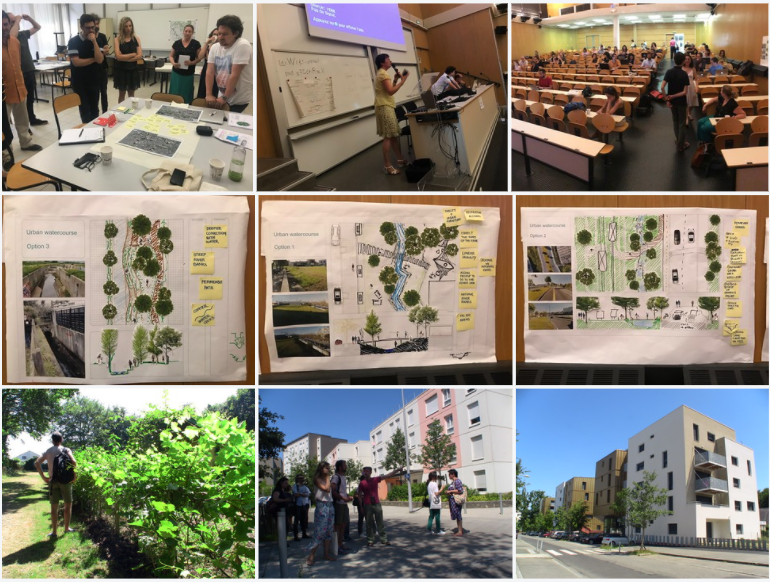
A Healthy Corridor for Nantes Nord: the view from Nantes Métropole
Un Corridor Sain pour Nantes Nord : le point de vue de Nantes Métropole
Local URBiNAT Team
Equipe locale d'URBiNAT
Media Coverage & Project Resources
Couverture Médiatique et Ressources du Projet
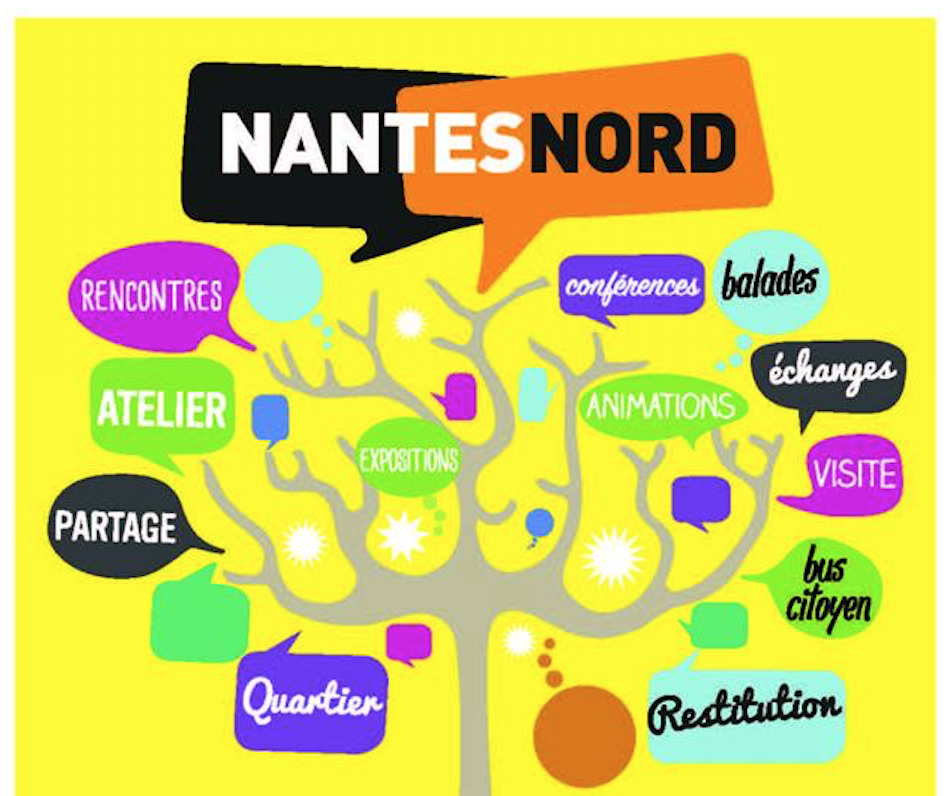
Coverture Médiatique
Série de podcasts recommandée : La Bonne Cage : Un Quartier, Quatre Saisons
Project Resources
Ressources du Projet
Project Deliverables
D2.1: Local Diagnostic Report for each Frontrunner City
This report describes the variables explored in the first and second stage of the Local Diagnostic. In the first stage, it is requested that the cities provide secondary information of use to framing their specific relevant conditions. Such information will be helpful for further identifying the location and wider context for the implementation of healthy corridors, with the prospect of enabling real improvement of the quality of life for citizens.
Milestone 2: URBiNAT Living Labs & Community of Practice RESTRICTED
Milestone 2 consists on the establishment of “Living labs with its CoP (Community of Practice) in 7 cities (frontrunners and followers cities) and in the non-European cities to start coaching and sharing, in order to develop the participatory process and the urban planning" (Grant Agreement). With this document it is possible to state that all URBiNAT cities have successfully established their Living Labs, even though in different stages of development (as expected). The document sets the key point of achievement of Milestone 2, by compiling and sharing the state of the art on the establishment of the Living Labs and CoP in Front-runner, Follower and Observer cities.
The access to this resource is restricted. If you don't have the Basecamp credentials click "Request access" button below to fill the form.
Academic Output
[Conference Paper] Les Solutions Basées sur la Nature: Une Stratégie d'Adaptation aux Changements Globaux
ABSTRACT: Les effets du changement climatique en Afrique subsaharienne commencent à être bien connus, en lien avec la hausse des températures et la modification des précipitations. Ils touchent de nombreux secteurs vitaux tels que l’alimentation, l’eau, la santé. En parallèle, l’urbanisation croissante passée et future, à l’échelle mondiale et africaine, peut accentuer certains de ces effets en milieu urbain, en lien avec la gestion de l’eau et le confort thermique, entre autres. A l’échelle européenne, les solutions fondées sur la nature sont proposées comme stratégie d’adaptation, dans les villes. Elles permettent en effet d’améliorer la gestion des eaux pluviales urbaines et le confort thermique. Elles ont d’autres bénéfices comme la santé, la cohésion sociale, la sécurité, etc. Au travers de trois projets français (VegDUD) et européens (Nature4Cities, URBiNAT), les connaissances dernièrement acquises sur les performances de différentes solutions fondées sur la nature (toitures végétalisées, noues, arbres de rue, façades végétalisées, parcs) vis-à-vis des deux enjeux gestion de l’eau et confort thermique en ville sont présentées.
Livrables du projet
D2.1: Local Diagnostic Report for each Frontrunner City
This report describes the variables explored in the first and second stage of the Local Diagnostic. In the first stage, it is requested that the cities provide secondary information of use to framing their specific relevant conditions. Such information will be helpful for further identifying the location and wider context for the implementation of healthy corridors, with the prospect of enabling real improvement of the quality of life for citizens.
Milestone 2: URBiNAT Living Labs & Community of Practice RESTRICTED
Milestone 2 consists on the establishment of “Living labs with its CoP (Community of Practice) in 7 cities (frontrunners and followers cities) and in the non-European cities to start coaching and sharing, in order to develop the participatory process and the urban planning" (Grant Agreement). With this document it is possible to state that all URBiNAT cities have successfully established their Living Labs, even though in different stages of development (as expected). The document sets the key point of achievement of Milestone 2, by compiling and sharing the state of the art on the establishment of the Living Labs and CoP in Front-runner, Follower and Observer cities.
The access to this resource is restricted. If you don't have the Basecamp credentials click "Request access" button below to fill the form.
Production Académique
[Conference Paper] Les Solutions Basées sur la Nature: Une Stratégie d'Adaptation aux Changements Globaux
ABSTRACT: Les effets du changement climatique en Afrique subsaharienne commencent à être bien connus, en lien avec la hausse des températures et la modification des précipitations. Ils touchent de nombreux secteurs vitaux tels que l’alimentation, l’eau, la santé. En parallèle, l’urbanisation croissante passée et future, à l’échelle mondiale et africaine, peut accentuer certains de ces effets en milieu urbain, en lien avec la gestion de l’eau et le confort thermique, entre autres. A l’échelle européenne, les solutions fondées sur la nature sont proposées comme stratégie d’adaptation, dans les villes. Elles permettent en effet d’améliorer la gestion des eaux pluviales urbaines et le confort thermique. Elles ont d’autres bénéfices comme la santé, la cohésion sociale, la sécurité, etc. Au travers de trois projets français (VegDUD) et européens (Nature4Cities, URBiNAT), les connaissances dernièrement acquises sur les performances de différentes solutions fondées sur la nature (toitures végétalisées, noues, arbres de rue, façades végétalisées, parcs) vis-à-vis des deux enjeux gestion de l’eau et confort thermique en ville sont présentées.




